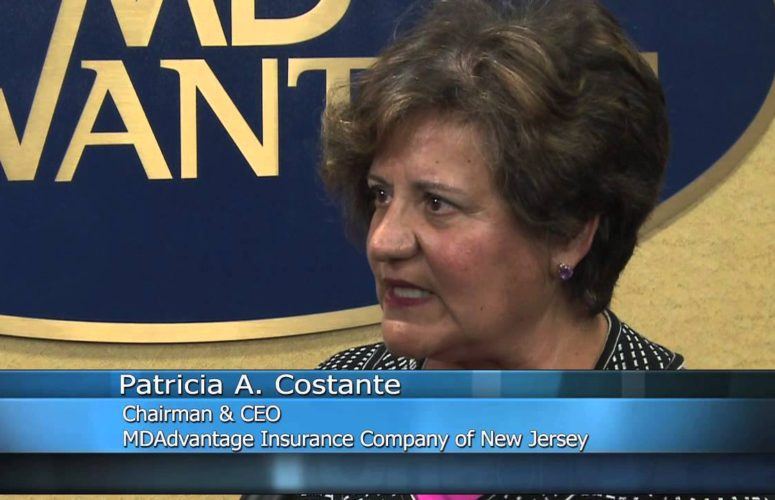Steve Adubato’s Lessons in Leadership with Rodger DeRose, President and CEO, Kessler Foundation and Rick Thigpen, Senior VP, Corporate Citizenship for PSEG
By Steve Adubato, PhD. On Feb 3, 2022Steve Adubato and Mary Gamba are joined by Rodger DeRose, President and CEO, Kessler Foundation for a special edition of Lessons in Leadership: Research, Science, Innovation and Leadership. This series, done in partnership with Kessler Foundation, focuses on the role of research and science in leadership and advancing the care for patients through innovation. Then, Steve and Mary are joined by Rick Thigpen, Senior VP, Corporate Citizenship for PSEG, who shares his perspective on Presidential Leadership.
Many leaders communicate poorly and panic when they face challenging questions. I am talking about answering questions under pressure in a challenging situation in which your audience is curious and, in some cases, concerned as to what you’ve presented. They want to better understand and know more, and it is your job as a leader to seize this Q&A opportunity and make the most of it. With that in mind, following are some best practices for the Q&A.
Change your perspective. Instead of thinking to yourself, “I get so stressed out after I deliver a presentation. What if I am asked a question and I don’t have the answer?,” view the Q&A as an opportunity to engage with your audience. Challenging questions allow a leader to clarify his message. They also give a presenter a unique opportunity to better identify and understand the potential opposition key stakeholders may have to what has been proposed.
Be patient and listen to the entire question. Pause and take a moment to think through the entire question before you respond. Listen to understand versus listening to simply respond. Too many of us are so anxious to let the questioner know that we have an “answer” to a question that we jump in too quickly, often cutting off the questioner because in our minds we already “know” what they are asking. Let the questioner get out the entire question, listen and confidently respond accordingly.
- Breathe. Actually breathe. When communicating in a situation where there is some degree of pressure or anxiety, we often forget to breathe or breathe too rapidly. Some leaders are so nervous that they border on hyperventilating. Practice slowing down your breathing, cadence and, yes, pause, not just to think more clearly but to communicate in a more thoughtful and deliberate fashion.
- Respond to a challenging question in an assertive and proactive fashion. Communicate by pivoting or bridging to your main message. When asked a question, respond succinctly and briefly for approximately 15 seconds, and no more than 30, and then “pivot” back to your main message using such phrases as, “what really matters here is…” or “the key message I want to get across is…” By using this more strategic communication approach, a leader can reframe and manage the Q&A in a more impactful fashion.
- Be concise. Monitor yourself. Get to your point concisely and quickly. Use the phrase, “so my point is…” Using this phrase is a trigger. It forces you to get to the point. Some leaders are so unaware of how long they have been talking (and in turn how they have lost their audience) that they pay a hefty and unnecessary price.
- Anticipate the three or four toughest questions you are likely to be asked. Think about what your audience is likely to be asking and prepare for how you would respond. The more you prepare for the difficult or challenging questions you are likely to be asked, the more confident and composed you will be during the Q&A.
- Don’t be afraid to say, “I don’t know.” It is often an unforced error for a leader to act like they know the answer to a question when they clearly don’t. One of the worst things a leader can do is to say something dishonest or to make a statement that they can’t back up just because they feel the need to “answer the question.” It is okay to say you don’t know the answer and then state how exactly you will follow up and by when.






